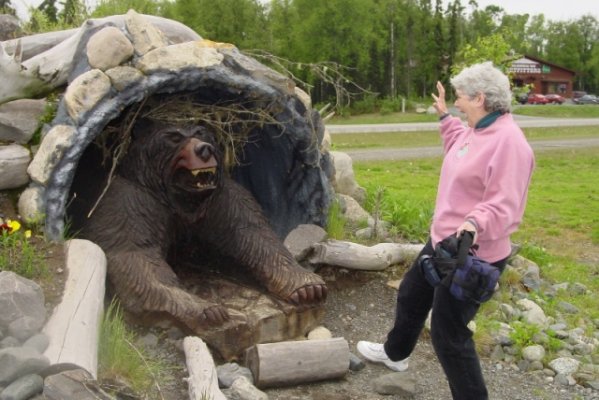Cropping the image is the very first thing I do. That way all the decisions I make about brightness, contrast, saturation, and sharpness are from looking at only the part of the image that will be the final image.
Years and years ago I almost had to crop first because computers were so slow. If I took an image and applied sharpening or any other processor intensive process it would take a lot longer for the computer to process the complete image than to process the cropped image.
There is an order to which post processing should be done. Crop the image, adjust white balance, adjust brightness, contrast, saturation, sharpness and then apply noise reduction last. Of course there can be more steps in between these, but 95% of my images are done just that way. This is not a work flow I made up, this is universally agreed upon as the best order to post process.
Yes I use Lightroom. One of the very coolest things about Lightroom is that when you are using the Develop Module to do your post processing the sliders to make all these adjustments are located on a pane to the right of the image and the sliders are top to bottom in the order I just listed. This makes it way simpler and faster than Photoshop to do post processing because everything is right at my fingertips and I never have to search for anything.
No matter how severely you crop an image you do not disturb the pixels at all. It is identical to cutting a photo out of a magazine. The photo you end up with is identical to the one you started with. You don't change the size of the image at all.
Speaking of Lightroom, Adobe just released a free beta of Lightroom 5. I have not downloaded it because I have been using LR3 for years and I am very happy with it. I downloaded the beta of LR4 and didn't like some of the changes so I am sticking with LR3. I am happy to help Gord.

